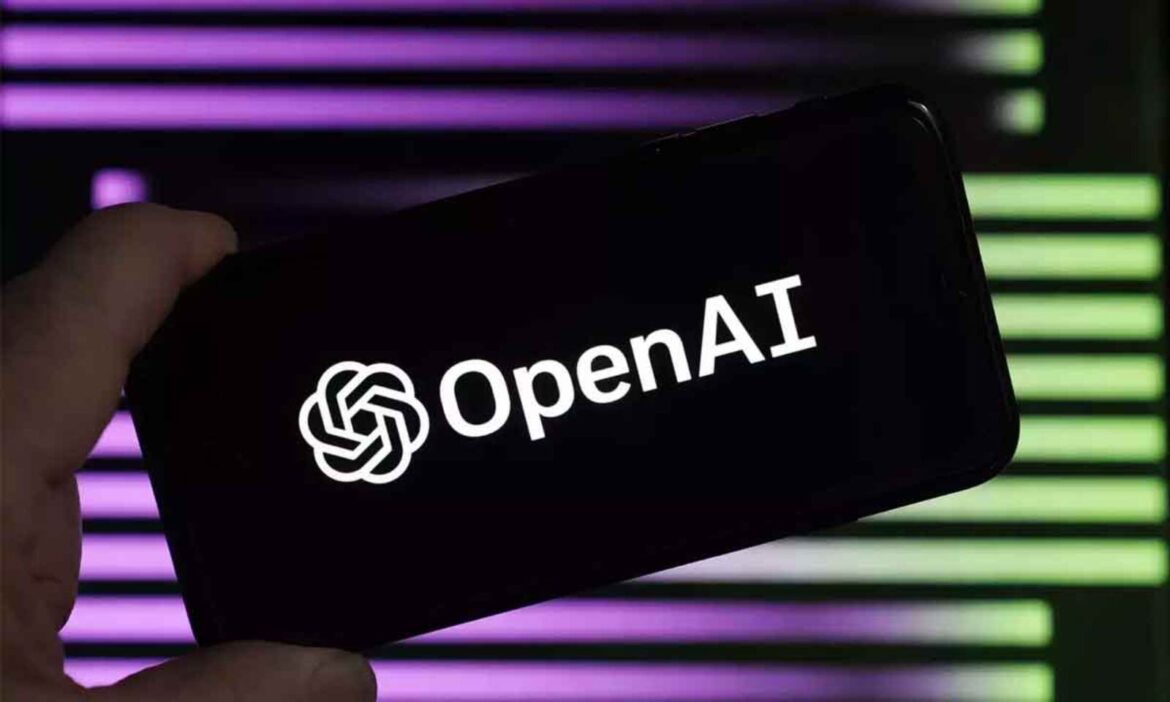
In the latest BNN News, OpenAI introduced a tool on Tuesday to detect AI-generated text and help detect academic cheating by students. The new AI detection tool is called AI Text Classifier.
OpenAI said the new AI tool is a handy tool for academics and schools to prevent academic cheating. However, it struggled to identify the text generated by ChatGPT, a popular chatbot developed by OpenAI itself. It is evident from a series of tests conducted by a prominent news website in the US.
The AI Text Classifier gives one of the five grades
The new AI detection tool, according to OpenAI, assigns one of five grades: unlikely, very unlikely, unclear, if it is likely, or possibly AI-generated. The tool gives “likely AI-generated” if the text is written by AI 26% of the time.
OpenAI introduced this AI text identifier tool after its own ChatGPT gained wide popularity and posed a threat to educators. Some teachers claimed that the new AI detection tool makes it difficult to approach students who engage in academic dishonesty because it has a hit-or-miss accuracy. However, certain teachers say the new tool gives a high degree of certainty.
Gives a high degree of certainty
For example, a 9th-grade English teacher, Brett Vogelsinger, who works at Doylestown, Pennsylvania-based Holicong Middle School, said the new AI text classifier gives a high degree of certainty. However, he said he has difficulty confronting a student if the AI tool says the text was likely produced by AI. Therefore, it is more suspicious than certain.
AI text classifiers are a type of “black box.”
Ian Miers, an assistant professor at the University of Maryland who engages in teaching computer science, said the new AI detection tool is a type of “black box.” No one in the disciplinary process can understand it. He cautioned about its use in schools to find cheating, considering the false, or positive rate of the program. According to Myers, the AI detection tool could not give any evidence and was not useful for cross-examination. It is not clear how to test and evaluate the tool.
ChatGPT was asked to produce fifty pieces of text with basic prompts like processes, historical events, and objects. In 25 of the text pieces, the ChatGPT was asked to generate text pieces in a way that AI detection tools classify them as “unlikely generated” by AI.
The responses generated by ChatGPT were then tested in an AI detection tool introduced by OpenAI. The text generated is so stylized and processed in such a way to avoid AI detection, students can instruct ChatGPT to generate text to prevent AI detection when cheating.
In the latest breaking news, the AI text-generating tool generates text more like a human. Therefore, it is difficult to identify the text generated by chatbots like ChatGPT when asked to generate text to avoid AI detection. The educators need to use detection tools along with their instincts to find out if the student is dishonest when writing a piece of text.


